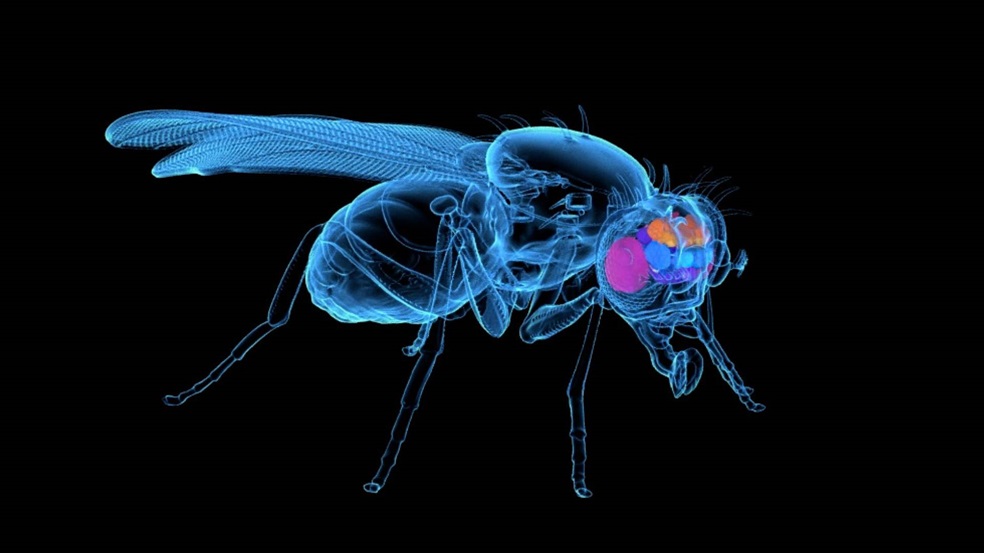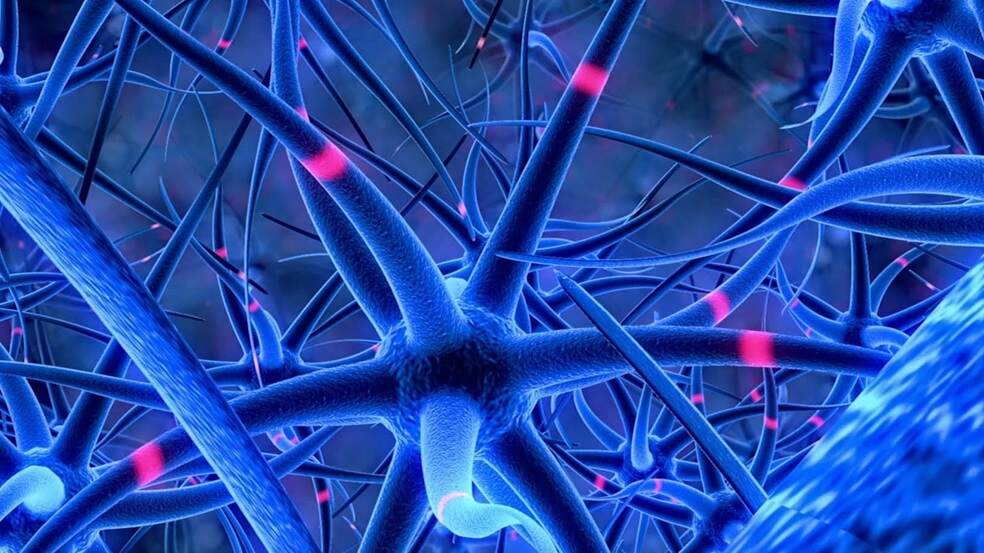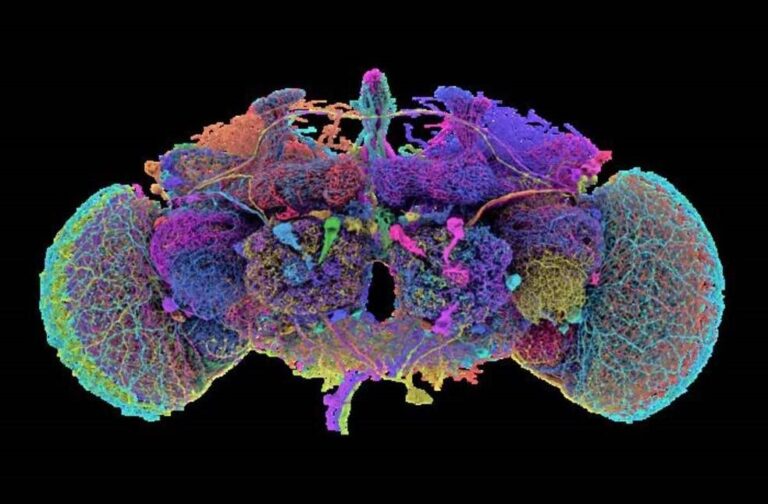Washington: In a landmark development in neurobiological research, scientists have successfully mapped the entire brain of an adult fruit fly, Drosophila melanogaster. The significant development offers potential insights into brain functions across species, including humans.
The breakthrough details over 50 million connections between more than 139,000 neurons or the nerve cells in the brain providing a deeper understanding of brain wiring and the signals responsible for healthy brain functions.
The achievement marks a key step towards the ultimate goal of mapping more complex brains. Sebastian Seung, Professor of Neuroscience and Computer Science at Princeton University remarked that, “You might wonder why the brain of a fruit fly matters. My simple answer is that if we can truly understand how any brain functions, it will reveal something fundamental about all brains.”

The researchers created a detailed wiring diagram, or connectome, for the adult fruit fly brain. While similar studies have been done on simpler organisms, such as the worm Caenorhabditis elegans and the larval stage of the fruit fly. However, the adult fly’s brain posed a more complex challenge due to its advanced behaviors.
Mala Murthy, a neuroscientist at Princeton University and co-leader of the study said that, “Flies are a key model in neuroscience, as their brains address many of the same problems ours do. They exhibit sophisticated behaviours like walking, flying, learning, memory, navigation, feeding, and even social interactions.”

The research examined several brain circuits responsible for behaviours such as walking, halting, grooming, and processing visual information. One study focused on the circuits controlling taste and grooming, observing how flies use their legs to clean their antennae. Another study delved into the visual system, exploring how the fly’s eyes process motion and colour. The researchers also identified a network of “hub neurons” that may accelerate information flow across the brain.
The comprehensive map tracked the organisation of the fly’s brain hemispheres and behavioural circuits. It also identified the full set of neuron types and the chemical synapses connecting them, shedding light on how different brain chemicals influence neural activity.
The research was conducted by an international team of scientists, known as the FlyWire Consortium, and could pave the way for future studies on more complex species.



